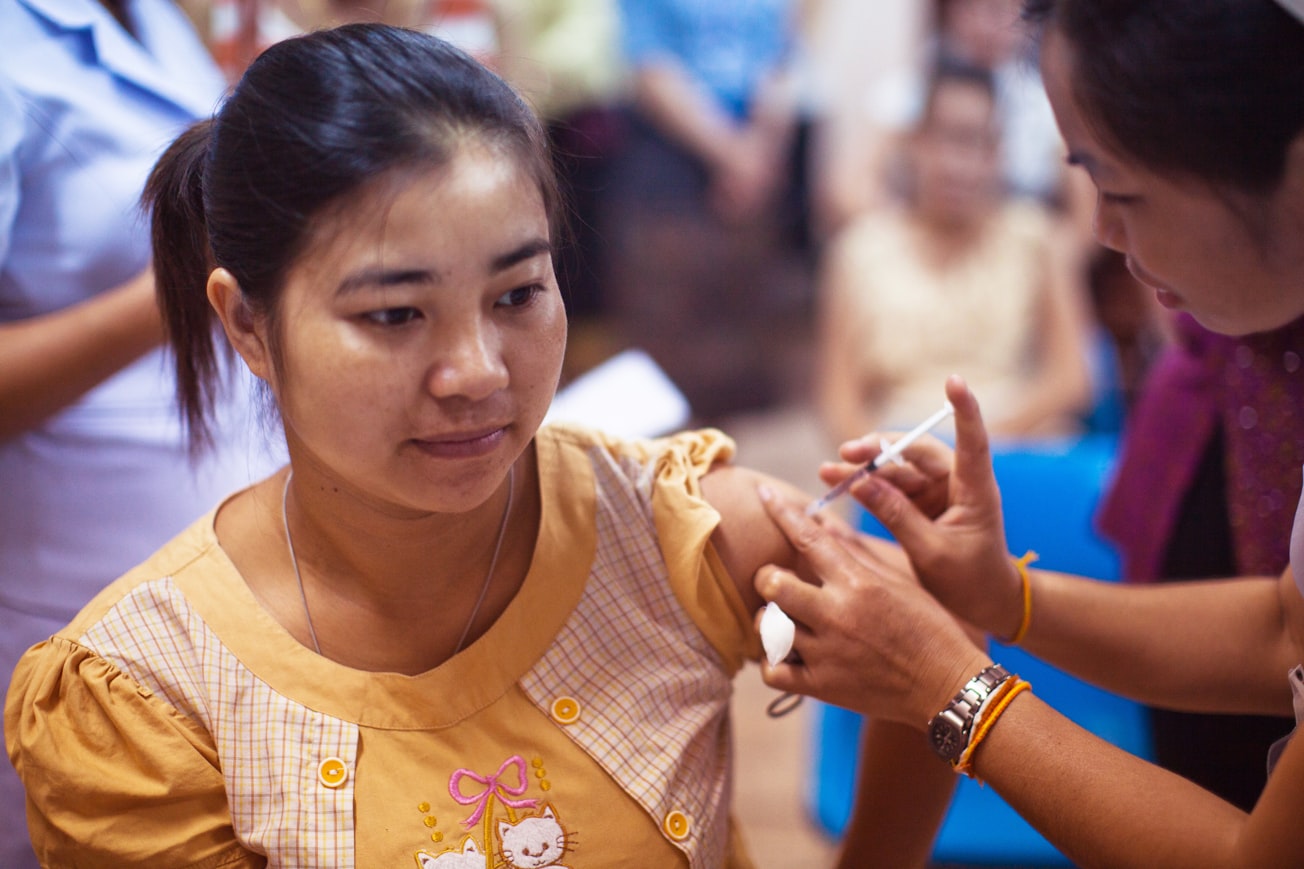What is it about?
Vaccine hesitancy has been listed among the top ten threats to global health for the year 2019 by the World Health Organization (WHO). Defined as the delay in acceptance or refusal of vaccination despite the availability of vaccination services, it is an evolving global phenomenon that has been implicated in the suboptimal level of vaccination coverage. This has prompted the WHO to recommend that countries incorporate plans to measure and address vaccine hesitancy into their immunization programs. To comply with this recommendation, it is important that governments and health institutions be able to detect concerns about vaccination in the population, track vaccination attitudes, and monitor changes in vaccination behaviors. To do this effectively, questionnaires to detect and measure vaccine hesitancy are required. Since the emergence of the term “vaccine hesitancy” about a decade ago, a diverse range of such questionnaires have been developed and used in several parts of the world. The purpose of the proposed scoping review is to give a broad overview of currently available vaccine hesitancy measuring tools in the scientific literature and present a brief summary of their nature, similarities, and differences. It will also highlight gaps in existing knowledge related to contextual development and accuracy of such tools, as well as identify areas where more research is required.
Featured Image

Photo by CDC on Unsplash
Why is it important?
With the recent resurgence of vaccine-preventable diseases, it is imperative that vaccine hesitancy, listed amongst the top ten threats to global health in the year 2019, be measured and monitored in different contexts and settings.
Perspectives
Born and raised in an LMIC in West Africa in the late '60s, I thank God for vaccines and vaccination. These played a major role in preserving me from various vaccine-preventable diseases that maimed or outrightly claimed the lives of some of my birth cohorts.
Elizabeth Odunayo Oduwole
Stellenbosch University
Read the Original
This page is a summary of: Current tools available for investigating vaccine hesitancy: a scoping review protocol, BMJ Open, December 2019, BMJ,
DOI: 10.1136/bmjopen-2019-033245.
You can read the full text:
Contributors
The following have contributed to this page







